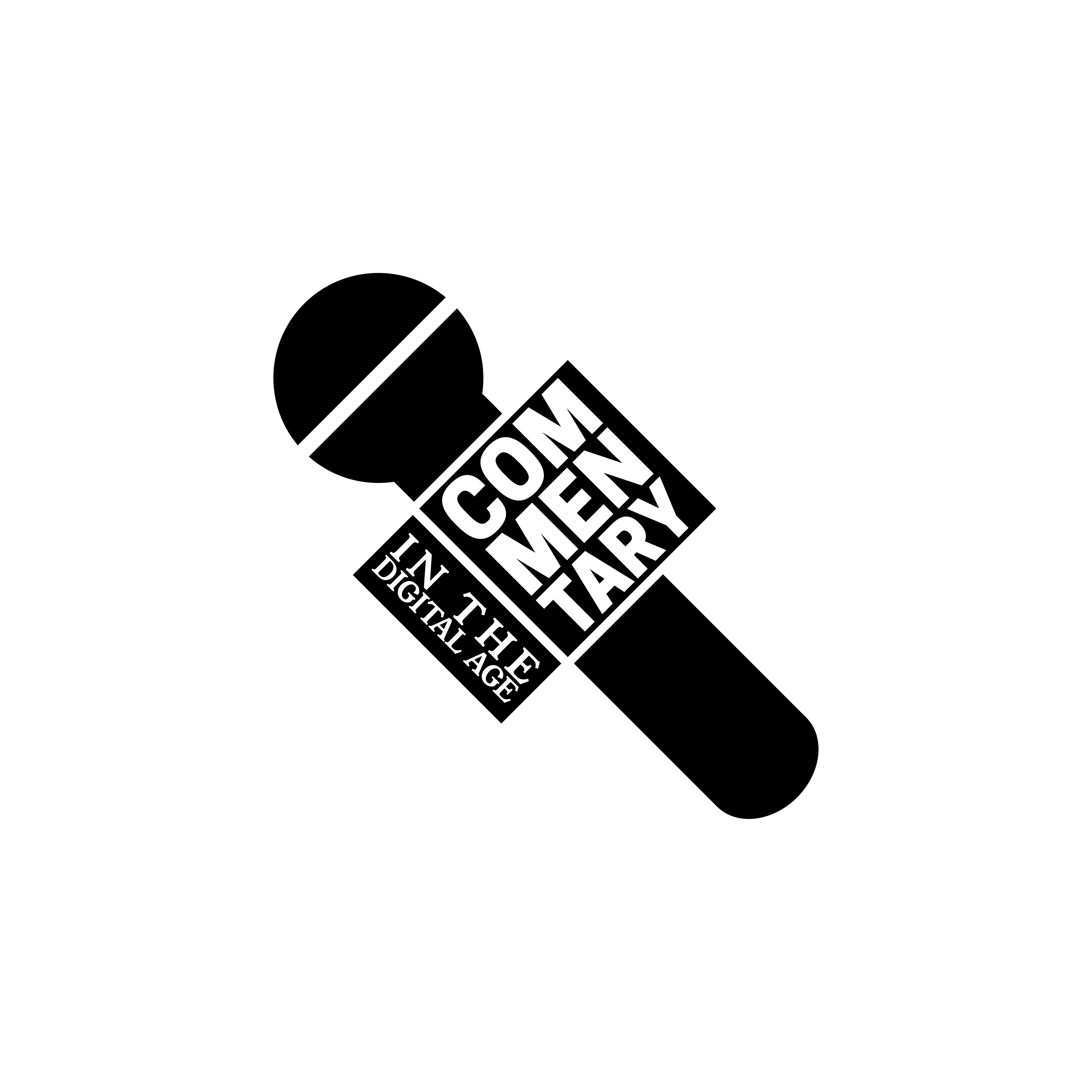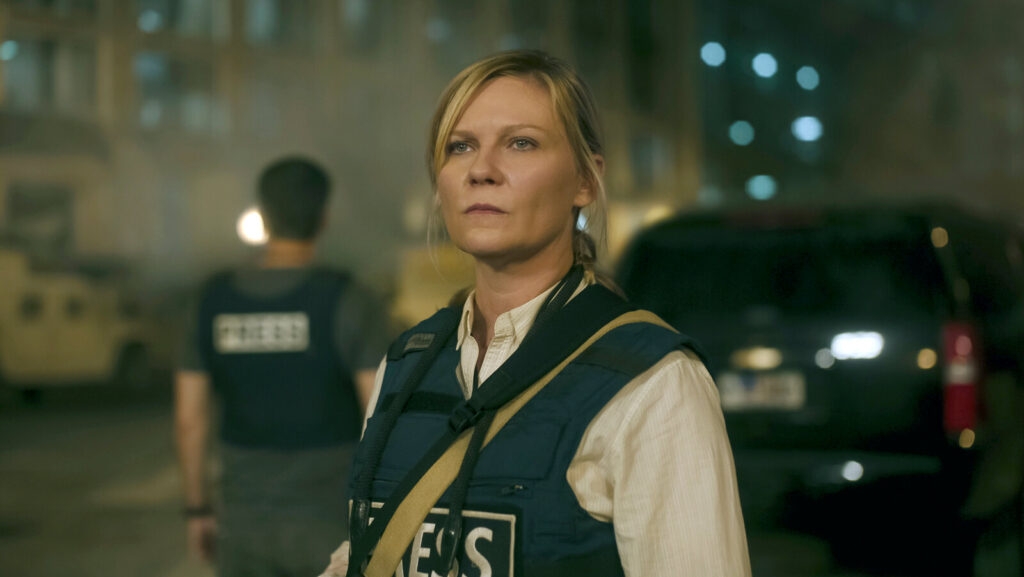War movies often feel detached from daily life in the United States. The same can’t be said for writer-director Alex Garland’s 2024 film Civil War which pokes at President Donald Trump.
Garland’s 2024 movie strikes at Americans’ hearts everywhere as the country seemingly grows increasingly divided by the day. While he took some unconventional approaches, Garland’s Civil War is a resounding success and a stark warning for our country.
“I think all of the topics in [Civil War] have been a part of a huge public debate for years and years,” Garland said before the film’s premiere. “These debates have been growing and growing in volume and awareness, but none of that is secret or unknown to almost anybody.”
Civil War follows the story of America engulfed in conflict as an authoritarian federal government led by a third-term president fights secessionists. Meanwhile, journalists rush from New York to Washington, D.C. as secessionist forces move in to capture the president turned dictator.
Most war movies focus on large-scale battles featuring countless deaths and explosions galore. That’s not what Garland did. Instead, the English director chose to personalize a wartime experience by following the experiences of a handful of citizens caught amid battle.
In doing so, Garland brings the touchy topic of war into American suburbs and recognizable landmarks. The movie begins with a harrowing scene in which a suicide bomber kills protestors and police officers in New York and sets the film’s dark tone.
Such a scene is typically reserved for movies like The Hurt Locker and others set in distant lands only seen in news article pictures and movie screens. Garland’s choice to depict average Americans caught in a horrific situation brings those themes back stateside in familiar surroundings. It all feels more real and hits close to home.
“In the case of America, there’s an extra danger given its power and importance in the world,” Garland said last year. “America has an internal concept in its exceptionalism that means it feels it’s immune to some kinds of problems. One of the things history shows us is that nobody is immune.”
The theme of a third-term president stoking a civil war is more relevant than ever given Trump’s apparent interest in following Garland’s script. It doesn’t take a genius to tell Garland modeled his movie’s president after Trump.
Actor Nick Offerman dons a red tie and blue suit like Trump does. Like Trump, his character frequently twists the narrative and outright lies to the American public while taking a hostile approach to the media.
“They shoot journalists on sight in the capitol,” Sammy said in the film. “They consider us enemy combatants.”
Garland’s choice to follow a team of journalists is perfect. Today, journalists are often scapegoated for supposedly falsely reporting on the Trump presidency as the commander-in-chief publicly displays his hate for journalism on the regular.
“The warnings [about the country falling apart] all out there, but for some reason they don’t get any traction,” he added. “[I wondered,] ‘Is it the polarization? Is it just that we are not able to absorb any information because of the position we’ve already taken?’ Hence, making a movie that pulls the polarization out of it.”
The truth is most Americans who experience a civil war would experience the conflict through the journalists’ eyes. Modern warfare does not typically involve large World War II-style fights once seen in the streets of Stalingrad and Berlin.
Yes, the movie does feature a large battle in the streets of the nation’s capital but it is the only conflict of note we see in the film, leading to the conclusion that such a large-scale battle wasn’t the reality for most of America. The choice to focus on journalists is excellent given they’re the eyes most Americans would see the war through.
As a journalist, watching Civil War was a frightening experience that shook me. If we have another civil war, my friends in political journalism would be in the movie characters’ shoes. It’s
a chilling thought for a journalist and surely one Garland considered for years of film development.
Besides creating close-to-home themes, Garland’s film is a cinematic masterpiece that’ll keep you engaged with its cinematography and sound design. Shocking scenes of bloodied looters hanging from their wrists, a mass grave and warfare in the streets of America are powerful images.
“If you cast your mind back to when I wrote this in June four years ago, there was an election coming and we’re dealing with Covid — the same conversations as now,” Garland said last year. “Identical. So that’s where it came from.”
One scene that exemplifies Garland’s expert cinematography is when the journalists drive through a burning forest. Garland turned down the sound and pumped in a slow, sad song as a landscape on fire on a night only illuminated by the fire dominates the screen.
Not to mention, Garland uniquely includes black-and-white still shots that his characters took. This choice pauses the life-or-death action around the characters and lets the audience weigh what’s going on in the film and connect it to their likely status as an American. Garland’s approach to photojournalism makes the movie that much more engaging.
Civil War may not be on our watchlist but it should be. Garland crafted an engaging story that hits close to home while calling out some of America’s most concerning issues. Civil War is a must-watch for everyone living under Trump.


